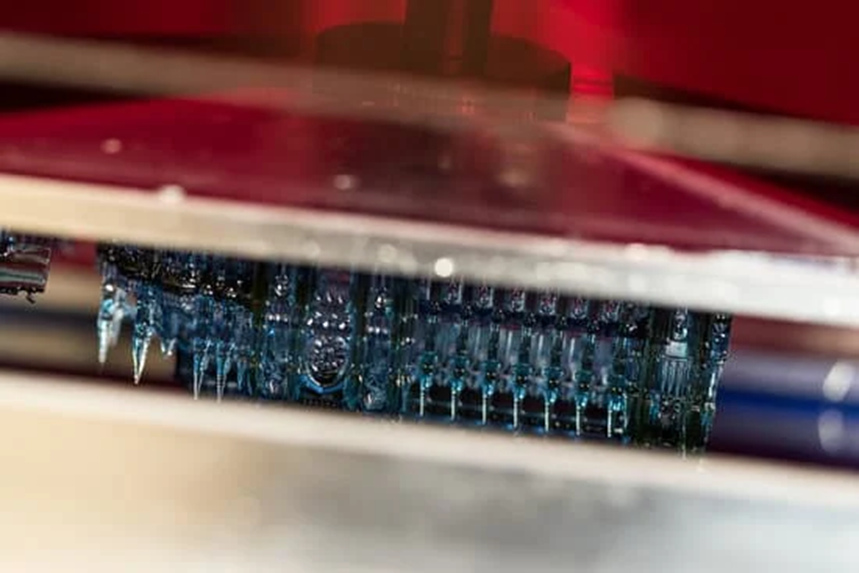
The process is relatively new, but it is already being used in various manufacturing sectors, including aerospace, automotive, medical and electronics industries.
November 7, 2025

The process is relatively new, but it is already being used in various manufacturing sectors, including aerospace, automotive, medical and electronics industries.
The most significant use of SLA printing is in the 3D printing industry, where it has become a popular method to produce prototypes of products or parts before they are made with other methods such as injection molding or direct metal laser sintering.
This technology has many applications, such as making custom prostheses, detailed miniatures, functional prototypes, personalized products, and much more.

To begin the printing process, an image is projected onto a thin sheet of plastic at the bottom of the reservoir filled with resin. Between the build plate and the plastic sheet, the resin is cured at the places where the liquid comes into contact with UV light. It generally has a wavelength of 405nm. Curing is the term used to describe the process by which the resin solidifies. This process is repeated per layer of the model to be printed. The image that is projected is always a cross-section of the model.
A computer-aided design (CAD) model is required that must be delivered in .STL format to be accepted by the printer's slicer program.
It is necessary to set up the printer so that it can print with the resin that we selected in the first phase.
After that, you need to put the model into a special slicer software program. Because 3D printing software varies by technology and even by machine type, not all 3D printing software is compatible with all 3D printing machines. Some 3D printer manufacturers only accept files set up with their own software, such as Formlabs.
Then it is time to finish the part, including washing the part to remove any remaining liquid resin from the cured part, removing any supports that have been used and sanding to remove any marks left by the supports.
The final step is curing the cured model in a UV chamber. As a result, the model is completely fixed. Until this step, the resin still has elastic properties.
Compared to FDM, resin printers offer a number of important advantages, which we'll discuss below:
Its high accuracy and quality make it ideal for use in a variety of industries, including jewelry and dentistry. As a result of these developments, a wide range of specific materials for various industries has also been developed, such as a castable resin (which is very suitable for making jewelry) and dental resin.
Discover the possibilities of local production combined with new technology.